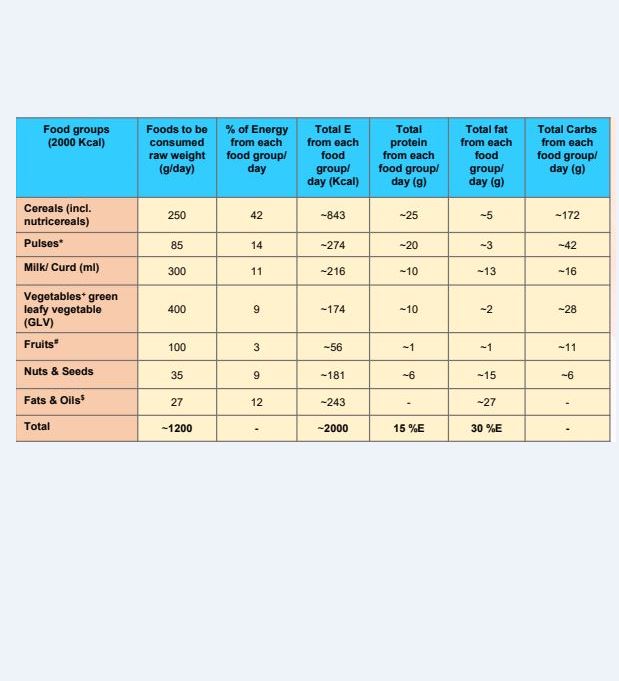Grandma knew best: Why Indian thali is the original superfood
The traditional Indian thali, long overlooked in favour of fad diets and imported superfoods, is being re-evaluated as a model of balanced nutrition. Researchers from NIN, FSSAI, and PHFI are promoting its inherent design through the ‘Let’s Fix Our Food’ initiative.
Updated On - 12 October 2025, 07:43 PM
Hyderabad: Forget the complicated diet charts, imported superfoods, and fleeting fad diets. The secret to perfect nutrition doesn’t come from a hi-tech lab, but from grandmother’s kitchen, the traditional Indian thali.
Often sidelined or taken for granted, the perfectly designed thali is far more than just delicious, as it offers a balanced nutritional diet that checks all the right nutrient boxes.
With energy-giving cereals, protein-packed dals, and immunity-boosting fruits and veggies, every thali literally functions as a mini health kit and serves as an ideal blueprint for health, naturally calibrated for Indians.
Realising the inherent design of the Indian thali, which stresses the critical concept of complementary protein consumption, researchers and food scientists from the Hyderabad-based National Institute of Nutrition (NIN), FSSAI, PHFI, and academia are striving to launch a concerted effort through the ‘Lets Fix Our Food Initiative’.
The goal is to reconnect people with the thali’s wisdom to combat India’s dual burden of under-nutrition and the rising incidence of lifestyle diseases like diabetes and hypertension. The collaborative push has resulted in the ‘My Plate for The Day’ blueprint, which guides the Indian family towards eating right.
What is so special about Indian thali?
The speciality of the Indian thali lies in its inherent practice of complementary protein consumption, also known as mutual supplementation.
The thali intentionally combines individually incomplete plant-based proteins such as pulses/dals, which are rich in the essential amino acid lysine, but deficient in methionine, with cereals like rice and roti, which are rich in methionine, but deficient in lysine.
By combining these two in a single meal (such as Rice plus Dal or Roti plus Chhole), the body receives all the essential amino acids it needs to form a complete, high-quality protein, which is highly cost-effective and relevant for bridging widespread nutritional gaps.
Beyond protein quality, the thali’s mandatory structure ensures a perfect balance of all macronutrients and immunity boosters, aligning with the “Go, Grow, Glow” principle of NIN.
The proportions in a thali are mandatory. Half the plate is reserved for Glow Foods (fruits and vegetables), delivering essential micronutrients and antioxidants. A quarter of the plate is allocated to Go Foods (cereals like rice, roti, or millets) for carbohydrates, and the final quarter is for Grow Foods including protein-packed dals, pulses, or dairy-like curd.
Components like dahi (curd) introduce probiotics for gut health, while the liberal use of turmeric, ginger, and garlic in curries provides critical anti-inflammatory benefits.
